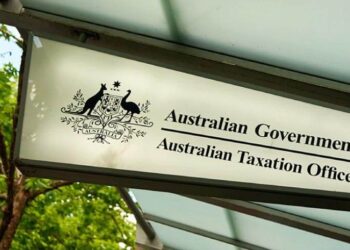In light of the Aussiegolfa case, SuperConcepts general manager of technical services and education Peter Burgess said he suspects the ATO will be watching out for SMSFs that are entering into lease arrangements with related parties on commercial terms and using certain trust structures to get around the in-house asset rules.
“If the trust is a widely held trust than that’s fine because there are specific carve outs in the in-house asset rules which apply to these types of trusts,” he explained.
“[However], it may also be possible to put in place smaller trust structures which, at least on the face of it, wouldn’t breach the in-house asset rules if a residential property owned by the trust was leased to a related party of the SMSF.”
“For example if the SMSF invests in the unit trust with one or more unrelated entities and the SMSF doesn’t control the trust, then a residential property leased to a related party of the SMSF on commercial terms wouldn’t, on the face of it, breach the in-house asset rules because the trust is not a related trust.”
This would be the case, he said, if the SMSF doesn’t have a fixed entitlement to more than 50 per cent of the capital or income from the trust and the SMSF is not in a position to remove or appoint the trustee or otherwise significantly influence the trustees of the trust.
This may not even breach the sole purpose test either, he said, given the distinction that has now been made between motive and purpose and the fact that any benefit derived by the related party in obtaining the accommodation is not a financial benefit and is merely incidental.
“However, while the SMSF’s investment in the trust may, on the face of it, not breach the in-house asset rules, I would expect these types of trust structures to be heavily scrutinised by the ATO under the in-house asset anti-avoidance provisions in section 85 of SIS,” he warned.
“I suspect the ATO will have more to say about arrangements which are designed to artificially reduce a fund’s in-house assets in their soon to be published decision impact statement.”
Mr Burgess said it’s important that SMSF practitioners and their clients remember why the in-house asset rules are there.
“When it comes to assessing the investment potential of a particular asset, we tend to be less objective and don’t always fully evaluate the risks when a related party is involved. It’s this counterparty risk that the in-house asset rules seek to address,” he said.



The landmark decision Australian Prudential Regulation Authority v Holloway [2000] FCA 579 is a great insight to the anti-avoidance provisions of section 85 of the SIS Act 93 where a unit trust was used to circumvent the In house asset rules. More importantly the Regulator took aim at the accountant personally as well as his firm – not the SMSF trustees.